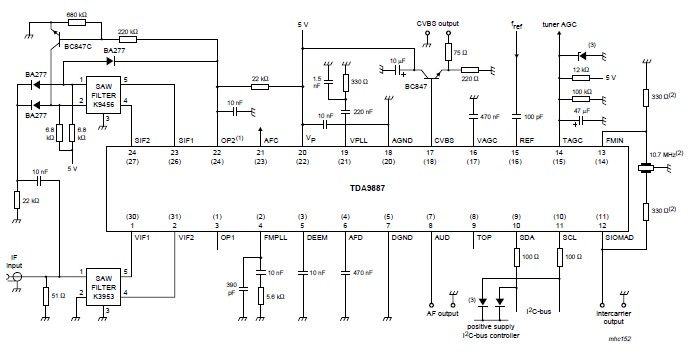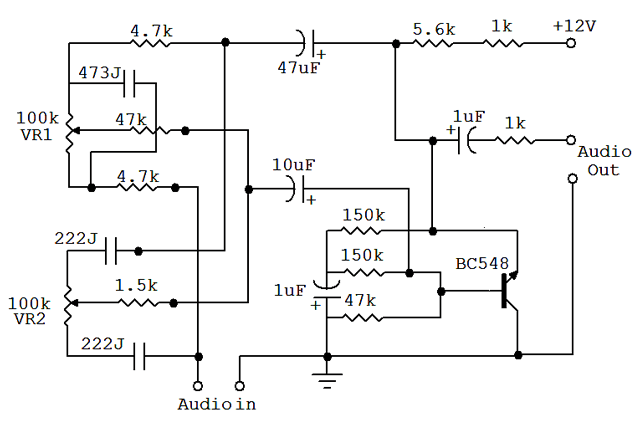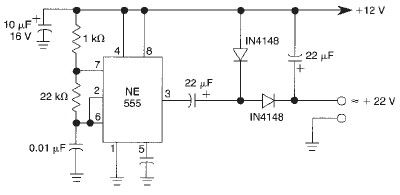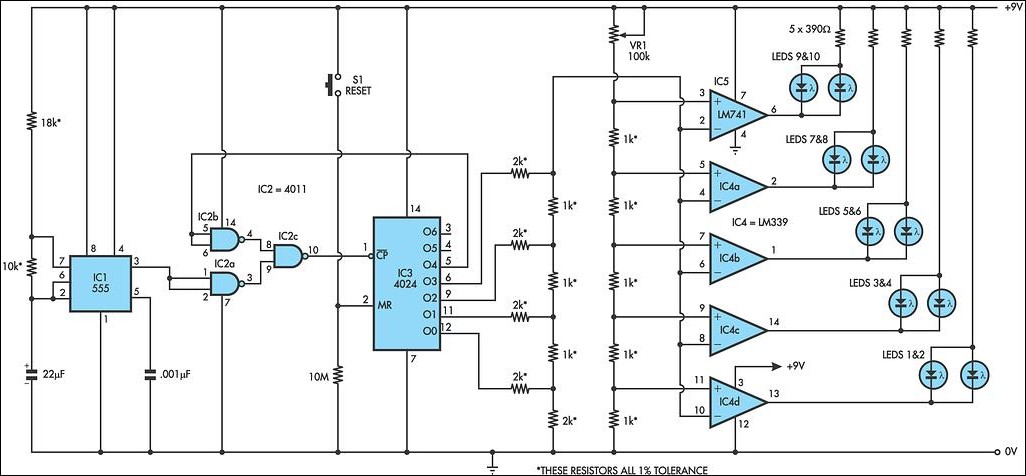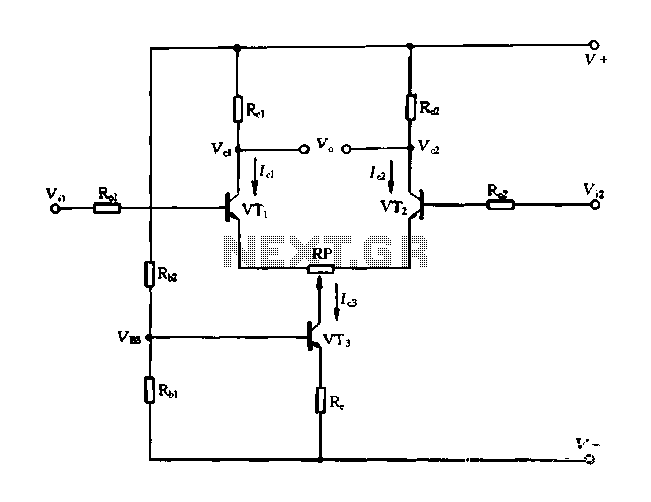
Light circuit diagram: 0-300V Variable High Voltage Power Supply
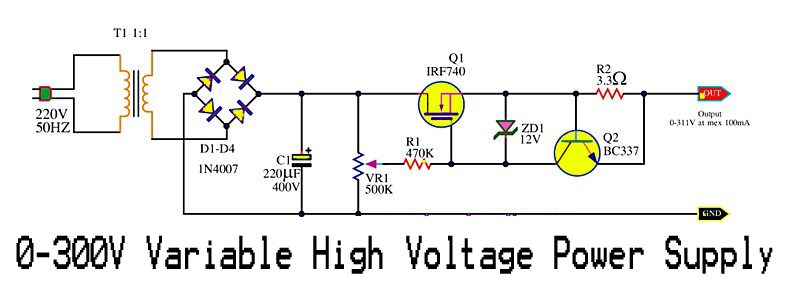
This is a variable high voltage DC power supply circuit that allows for customization of the output voltage ranging from 0 to 311V DC. It includes a current limit protection feature set at approximately 100 mA. The power MOSFET Q1 regulates the output current, with resistor R3 (500K) used to adjust the gate voltage of Q1. The Zener diode ZD1 (12V) is included to prevent overvoltage at the gate pin of Q2; without it, high voltage conditions could potentially damage Q2.
The variable high voltage DC power supply circuit is designed to provide adjustable output voltage while ensuring safe operation through current limiting features. The circuit operates by using a power MOSFET (Q1), which is a critical component for controlling the output current. The gate voltage of Q1 is adjusted using a resistor (R3) valued at 500K ohms, allowing for precise control over the MOSFET's conduction state and, consequently, the output voltage.
The Zener diode (ZD1) rated at 12V serves a protective function in this circuit. By clamping the voltage at the gate pin of Q2, it prevents excessive voltage from reaching this component, which could lead to failure under high voltage conditions. The careful selection of the Zener diode ensures that it activates only when the voltage exceeds its rated value, thus safeguarding Q2 from potential damage.
The current limiting feature is set to activate at approximately 100 mA, ensuring that the circuit does not exceed this threshold during operation. This is crucial for protecting both the power supply and any connected loads from damage due to overcurrent conditions. The design emphasizes reliability and safety, making it suitable for applications requiring high voltage DC power while maintaining strict control over output parameters.
In summary, this circuit design combines adjustable voltage capabilities with essential protective measures to ensure safe and efficient operation in high voltage applications.Here is the variable high voltage dc power supply circuit, which we can customize the output voltage from 0 to 311Vdc, and it is protected the current over limit that we define at about 100 mA. The power MOSFET Q1 is controlled the current output, with using the resistor R3 500K adjust the voltage gate pin of Q1.
The ZENER diode ZD1-12V is avai lable prevent over voltage at gate pin of the Q2 if we not has it when high volt the Q2 may be damaged. 🔗 External reference
The variable high voltage DC power supply circuit is designed to provide adjustable output voltage while ensuring safe operation through current limiting features. The circuit operates by using a power MOSFET (Q1), which is a critical component for controlling the output current. The gate voltage of Q1 is adjusted using a resistor (R3) valued at 500K ohms, allowing for precise control over the MOSFET's conduction state and, consequently, the output voltage.
The Zener diode (ZD1) rated at 12V serves a protective function in this circuit. By clamping the voltage at the gate pin of Q2, it prevents excessive voltage from reaching this component, which could lead to failure under high voltage conditions. The careful selection of the Zener diode ensures that it activates only when the voltage exceeds its rated value, thus safeguarding Q2 from potential damage.
The current limiting feature is set to activate at approximately 100 mA, ensuring that the circuit does not exceed this threshold during operation. This is crucial for protecting both the power supply and any connected loads from damage due to overcurrent conditions. The design emphasizes reliability and safety, making it suitable for applications requiring high voltage DC power while maintaining strict control over output parameters.
In summary, this circuit design combines adjustable voltage capabilities with essential protective measures to ensure safe and efficient operation in high voltage applications.Here is the variable high voltage dc power supply circuit, which we can customize the output voltage from 0 to 311Vdc, and it is protected the current over limit that we define at about 100 mA. The power MOSFET Q1 is controlled the current output, with using the resistor R3 500K adjust the voltage gate pin of Q1.
The ZENER diode ZD1-12V is avai lable prevent over voltage at gate pin of the Q2 if we not has it when high volt the Q2 may be damaged. 🔗 External reference
